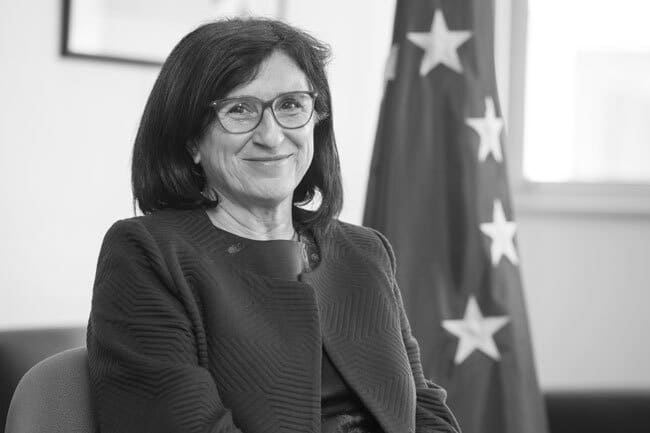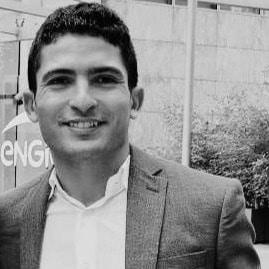David WOOD
Director, Initiative for Responsible Investment at the Hauser Center for Civil Society at the Harvard Kennedy School
In recent years, policymakers have continued to call for the mobilization of private capital to public purpose. As COP 21 and the Sustainable Development Goals suggest, the expected role of investors in addressing the world’s biggest challenges is immense.
At the same time, investment practices – falling variously under the headings such as responsible, social, sustainable, or impact investing – taking important environmental and social challenges into account are growing. Integrating Environmental, Social, and Governance (ESG) information into financial decision-making is seen as a way to improve long-term investment performance by better aligning investment outcomes with society. And an increasing number of investors seek to use the tools of finance to create outsized social and environmental benefits.
Implicit in the call to mobilize finance to public purpose, and in the growth of investors addressing ESG issues and social impact, is a critique of business as usual. Finance, they imply, will not answer social challenges on its own. So what can be done to accelerate the change?
One way is to work on how things become investable – how the systems that produce investment opportunities can better prioritize the social and environmental goals.
We at the Initiative for Responsible Investment have worked, with the Kresge Foundation, NRDC, and others, on projects that have focused on organizing demand for investment with a public purpose. The projects try to address both strategies to help coordinate stakeholders and resources in ways that allow investment to take shape differently; and on mechanisms to ensure that the social and environmental goals of the investment are met.
Here are four brief lessons from that work:
- Strategic priority setting is a question of governance. The priorities around which investment is organized need the political and civic legitimacy to allocate scarce resources towards their highest use, and to constrain finance to the community’s goals. Effective governance can help give confidence to investors that projects will be seen through to the end, and mitigate against the threats of rent-seeking and green-washing.
- There is a need for standards that define what constitutes public purpose investing. Progress has been made in helping define green bonds, or targeted investment in low- to moderate income areas; there are labor and human rights standards that can help shape how investments are made – but there is still significant work in making these standards the accepted framework for projects, the coordination mechanism that integrates resources from public, private, and civil society sectors.
- Specialist investment functions – taken on by institutions like community finance institutions or green banks, development finance institutions or foundations –can play vital roles in paving the way for motivated investors. There is extra work to be done in rethinking how finance can better serve public purpose, in crowding in investors, that requires a different way of thinking about the goals and tools that investors have. Policymakers and investors should support research and development for socially motivated finance.
- Finally, organizing demand for social investment takes on meaning within the broader discussions of how to rethink the role of private investors in the world’s challenges – the sort of thing covered in UNEP FI’s recent Inquiry into the Design of a Sustainable Financial System. Organizing demand can help identify tangible activities that can lay the groundwork for the broad-based systemic policy and cultural changes that may be needed to take on challenges like delivering on the SDGs.












